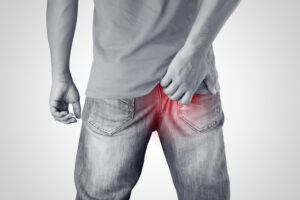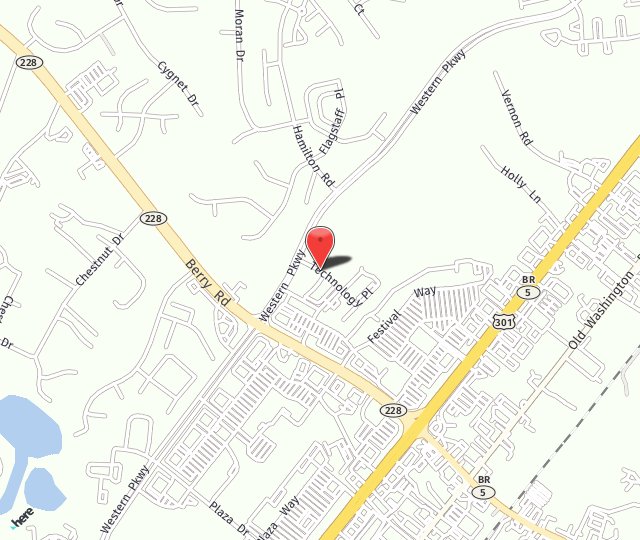
What are hemorrhoids?
Everyone has pillow-like clusters of veins situated just beneath the mucous membranes that line the lower rectum and anus. Hemorrhoids develop when these veins become swollen. They may develop internally in the lower rectum or externally, beneath the skin around the anus. While this condition is believed to be very painful, that isn’t always the case. Internal hemorrhoids often do not hurt, even if they bleed. External hemorrhoids may itch or suddenly become very painful. Fortunately, there are multiple ways to find relief. Sometimes, this can be achieved with simple home remedies.
Fiber
Fiber is a staple of a healthy diet and even more important for the person with hemorrhoids. In this case, it may be most efficient to take a fiber supplement such as Citrucel or Metamucil. Fiber, taken with plenty of water, helps to soften stool so it passes more easily. In addition to taking a fiber supplement, it is advantageous to eat high-fiber foods like oat bran and whole grains, beans, broccoli, and fresh fruit. According to studies, a high-fiber diet and help decrease the size of hemorrhoids, bring down inflammation, and reduce bleeding. Because fiber can cause bloating and gas, it should be started and increased gradually and always be accompanied by adequate water intake throughout the day.
Exercise
Bowel function is stimulated by physical movement. This does not require anything strenuous. A brisk 30-minute walk is sufficient for helping maintain optimal bowel function. When the urge to defecate arises, it is also necessary to use the bathroom right away. Waiting to use the bathroom can cause stool to back up and the bowel movement to occur more slowly. This can result in the urge to push and strain.
Sitz Bath
The sitz bath has long been associated with healing after birth and certain surgical procedures. A 20-minute sitz bath, sitting in a few inches of warm water, can soothe spasms of the sphincter muscle and also help relieve the itching caused by hemorrhoids. These can be done after each bowel movement or scheduled when convenient, but are most effective when done two or three times a day. The area should be patted dry after the bath, not rubbed.
Topical Relief
Pharmacies sell over-the-counter hemorrhoid creams that help soothe discomfort with a local anesthetic. Another way to soothe inflammation and itching is to apply witch hazel using a pre-made pad or a soaked cotton ball. More severe discomfort may be temporarily relieved with an ice pack placed against the external skin.
Part of having hemorrhoids is learning to manage symptoms. Another part is finding help when needed. At Metropolitan Vascular Institute in Waldorf, MD, we offer compassionate, professional treatments to improve comfort. For more information or to schedule your visit, contact us at (301) 374-8540.

